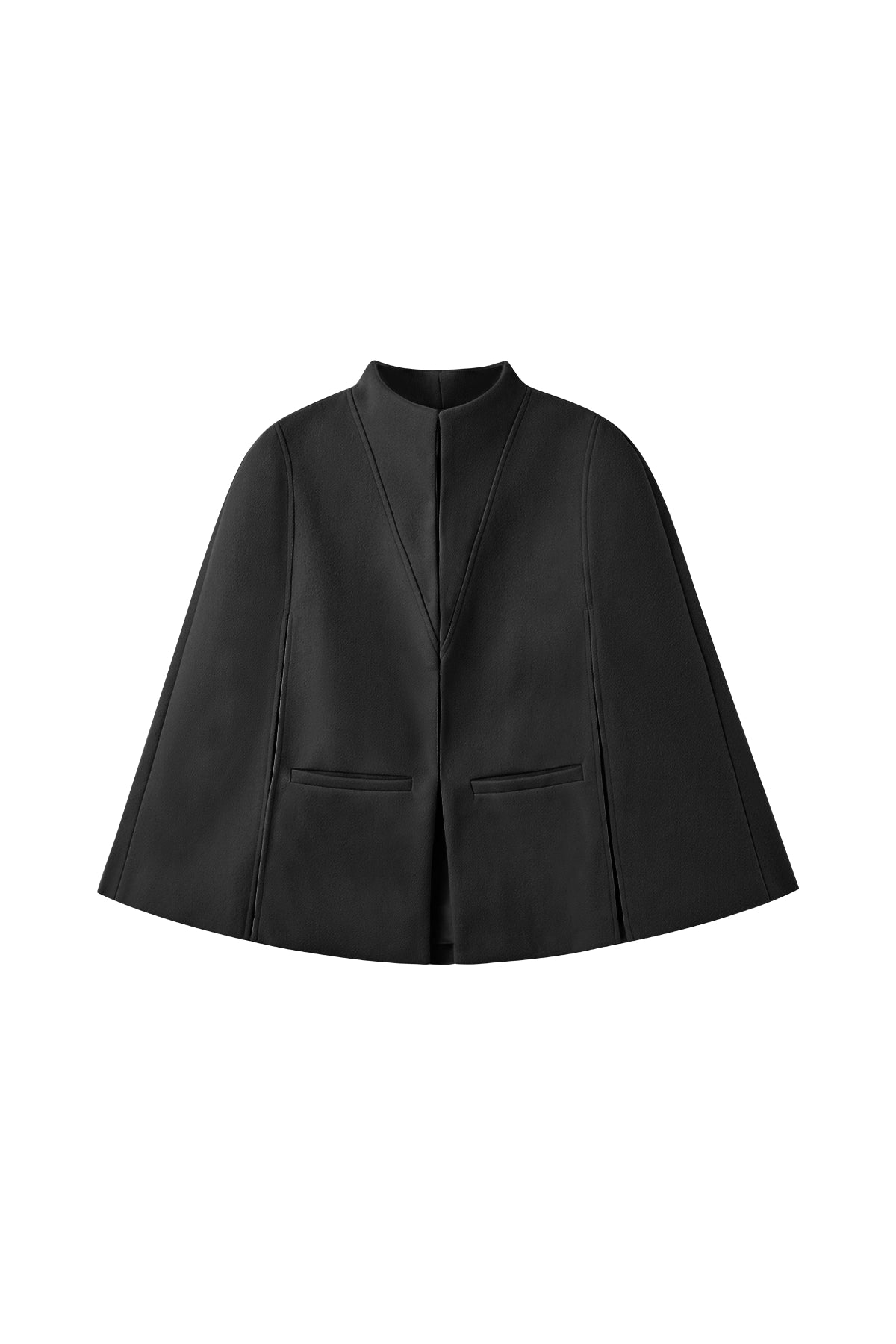A well-chosen blazer can instantly elevate your look—adding structure, confidence, and sophistication to any outfit. But beyond color and style, the fabric is what truly defines how a blazer feels, fits, and flatters your body. Whether you’re dressing for the office, a dinner date, or a casual weekend outing, understanding fabrics will help you find the perfect match for your lifestyle and comfort.
This guide explores everything you need to know—from the most common materials to tailoring tips and care recommendations—so you can invest wisely in your next wardrobe essential.
Why Fabric Matters More Than You Think
Two blazers can look identical but feel completely different once worn. That’s because the fabric affects:
-
The blazer’s shape and drape—— a wool-blend blazer holds its structure well, giving you a sharp, tailored silhouette, while a linen blazer tends to have a softer, more relaxed drape.
-
Its comfort and breathability—— Linen and cotton are lightweight and breathable, perfect for warm weather; in contrast, wool and tweed provide warmth and comfort in cooler seasons.
-
And how formal or casual it appears—— A smooth wool blazer looks professional and polished, great for the office, whereas a knit or jersey blazer gives off a laid-back vibe that’s ideal for casual Fridays or weekend outings.
In short, the right fabric helps your blazer align with your daily needs—be it a power meeting or a relaxed weekend brunch.
Common Fabrics for Women’s Blazers
Wool / Wool Blend
-
Best for: Fall and winter
-
Style: Structured, professional, timeless
-
Pros: Warm, elegant, holds its shape well
-
Cons: Requires dry cleaning, can be pricey
Wool blazers are classic and durable. They convey authority and polish, making them a must-have for business or formal settings.
Linen
-
Best for: Spring and summer
-
Style: Relaxed, effortless, natural
-
Pros: Lightweight, breathable, chic texture
-
Cons: Wrinkles easily—but that’s part of its charm
A linen blazer exudes easy sophistication, perfect for warm weather or creative workspaces where comfort meets style.
Cotton / Knit
-
Best for: Year-round wear
-
Style: Casual yet refined
-
Pros: Soft, comfortable, and easy to maintain
-
Cons: Less structure compared to wool
Cotton blazers strike a balance between formality and ease—great for hybrid work environments or weekend outings.
Polyester / Synthetic Blend
-
Best for: Everyday wear and travel
-
Style: Sleek and modern
-
Pros: Wrinkle-resistant, budget-friendly, colorfast
-
Cons: Less breathable
For busy professionals or frequent travelers, polyester blends are practical, durable, and low-maintenance.
Velvet / Tweed / Suede
-
Best for: Fall and winter
-
Style: Luxurious, textured, statement-making
-
Cons: Requires professional cleaning
These fabrics are ideal for evening events or special occasions, adding richness and depth to your look.
Choosing Blazer Fabric by Season
| Season | Recommended Fabrics | Style Tips |
|---|---|---|
| Spring | Cotton, Linen | Opt for lighter tones and breathable textures. |
| Summer | Linen, Light Polyester | Go for airy silhouettes in white, beige, or soft pink. |
| Fall | Wool Blend, Tweed, Knit | Add structure with warm neutrals and layers. |
| Winter | Wool, Velvet | Choose deeper hues and heavier materials for elegance. |
How Blazers Fabric Affects Color and Style
Fabric doesn’t just influence texture—it also changes how a color appears:
-
Wool + Dark Colors: Elegant, powerful, slimming
-
Linen + Light Shades: Fresh, relaxed, and natural
-
Cotton + Neutrals: Soft, versatile, and approachable
-
Polyester + Bright Colors: Vibrant, bold, and long-lasting
Pro Tip: Look for stretch blends (like wool with spandex). They move comfortably with your body and retain shape all day.
Matching Blazers Fabric to Your Lifestyle
| Lifestyle | Best Fabrics | Why |
|---|---|---|
| Corporate / Office | Wool Blend, Polyester | Professional and wrinkle-resistant |
| Creative / Freelance | Linen, Cotton | Relaxed, breathable, and stylish |
| Frequent Traveler | Synthetic Blends | Easy to pack and care for |
| Fashion Enthusiast | Velvet, Tweed | Adds depth and individuality |
Your blazer should fit your daily rhythm—both in comfort and aesthetic.
Can a Tailor Make a Women’s Linen Blazer Smaller?
Yes, but with caution.
Linen lacks elasticity, so over-altering can distort the fabric’s weave. Skilled tailors can:
-
Take in the waist
-
Shorten the sleeves
-
Slightly adjust shoulders or hem
Tips Before Altering:
-
Only downsize slightly for the best result
-
Discuss the fabric’s limits with your tailor
-
Avoid drastic changes on structured linen pieces
Small refinements can make your linen blazer look custom-fitted—without losing its relaxed elegance.
How Expensive Is It to Have a Women’s Blazer Tailored?
Tailoring costs vary depending on fabric, complexity, and city, but here’s a U.S. average guide:
| Alteration Type | Estimated Cost |
|---|---|
| Take in waist | $30–$60 |
| Shorten sleeves | $40–$80 |
| Adjust shoulders | $100–$200+ |
Wool and linen blazers typically cost more to alter due to their structured builds. Whenever possible, choose a blazer that fits well at the shoulders—it’s the hardest (and priciest) part to fix.
Fabric Care Tips for Longevity
| Fabric | Care Recommendation |
|---|---|
| Wool | Dry clean only, store on padded hangers |
| Linen | Gentle cold wash, lay flat to dry |
| Cotton | Machine washable, steam if needed |
| Polyester | Low-maintenance, machine washable |
| Velvet / Tweed | Professional cleaning only |
Always air out your blazer after wearing—it helps maintain freshness and shape.
Final Thought:
Invest in quality over quantity. A well-chosen blazer—crafted from the right fabric and tailored to fit—will carry you through seasons, occasions, and milestones with effortless grace.




